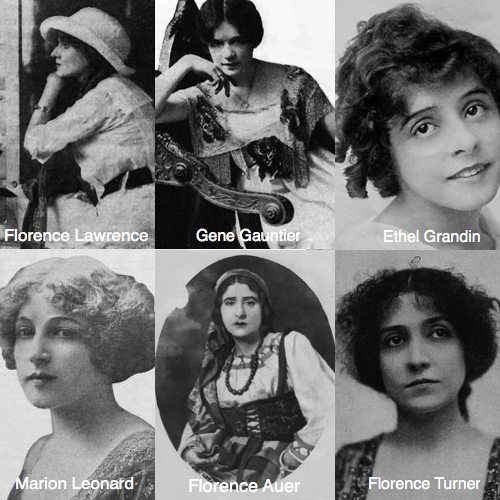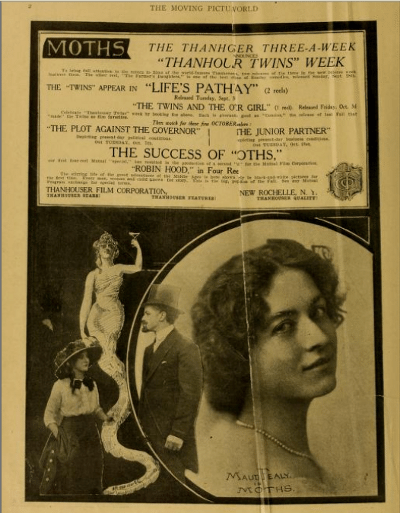“We didn’t need dialogue. We had faces!”
That is one of the most memorable lines from Billy Wilder’s “Sunset Boulevard.” Norma Desmond, played by Gloria Swanson, laments the death of silent film and the subsequent death of her career. Swanson herself experienced the height of her fame during the days of silent film and, for a time, arguably had the most recognizable face of them all. In the early days of silent film, the actors and actresses relied heavily on their faces because, for a period of time, stars weren’t allowed to be billed by name.
While film was still in its infancy, the world of theater ruled as the source of celebrity. People like Sarah Bernhardt and Lillian Russell proved that fans would actively seek out their shows, giving them a built-in audience. Of course, this also meant that these well-known theater stars could demand a higher price for their performances. When it became evident that film was to become a financially successful medium, studio owners took care to keep their stars anonymous and, as a result, their wages low.
Although the film magazines eventually made certain that fans had a wealth of information at their disposal (some of it true, some of it not so much, as we discussed in last week’s post about Theda Bara), for a time, actors and actresses were only known by their studio association. Rather than refer to early film actress Florence Lawrence by her name, she became known — and promoted — as the IMP Girl and, when she switched studios, the Biograph Girl. Of course, she wasn’t the only star who was given a studio-related title. Gene Gauntier was known as the Kalem Girl, Ethel Grandin was also an IMP Girl, Marion Leonard and Florence Auer were the ‘original’ Biograph Girls and Florence Turner was the Vitagraph Girl.
The studios were even cautious about giving children billing with their real names. So Marie Eline became the Thanhouser Kid, Magda Foy was the Solax Kid, Helen Badgley was the Thanhouser Kidlet, Ynez Seabury was the Biograph Baby and Marion and Madeline Fairbanks were the Thanhouser Twins.
This practice didn’t last long, much to the dismay of studio heads who had hoped to avoid negotiations with business-minded actresses and actors, especially when Adolph Zukor entered the game with his Famous Players studio. Zukor brought the worlds of theater and film together, getting big-name stage actors to reprise well-known roles on film. Once Famous Players began to place emphasis on the stars appearing in their films (like Sarah Bernhardt, Gaby Delsys and Mary Pickford), and fan magazines began to take hold, it became pointless to keep star identities under wraps.
Enjoying our look back at silent film? Find us on Facebook and give us your feedback!
Want to dive deeper into the world of silent film? Keep up with my posts over on Curtains or on Chicago Nitrate.


